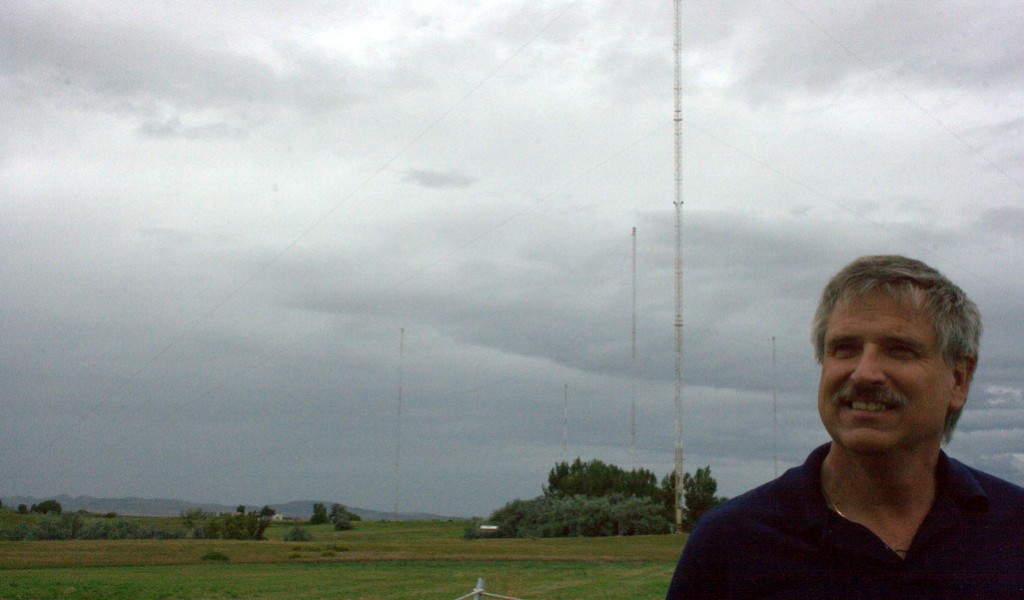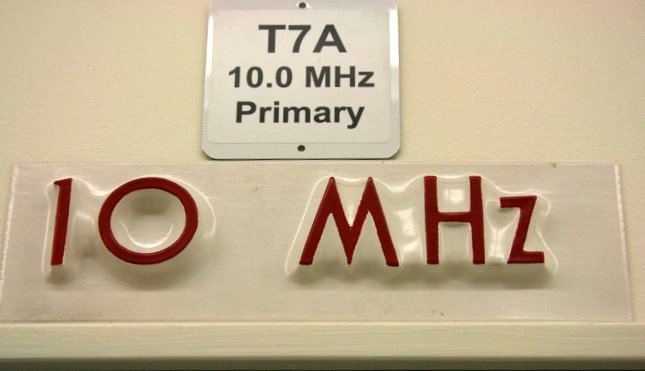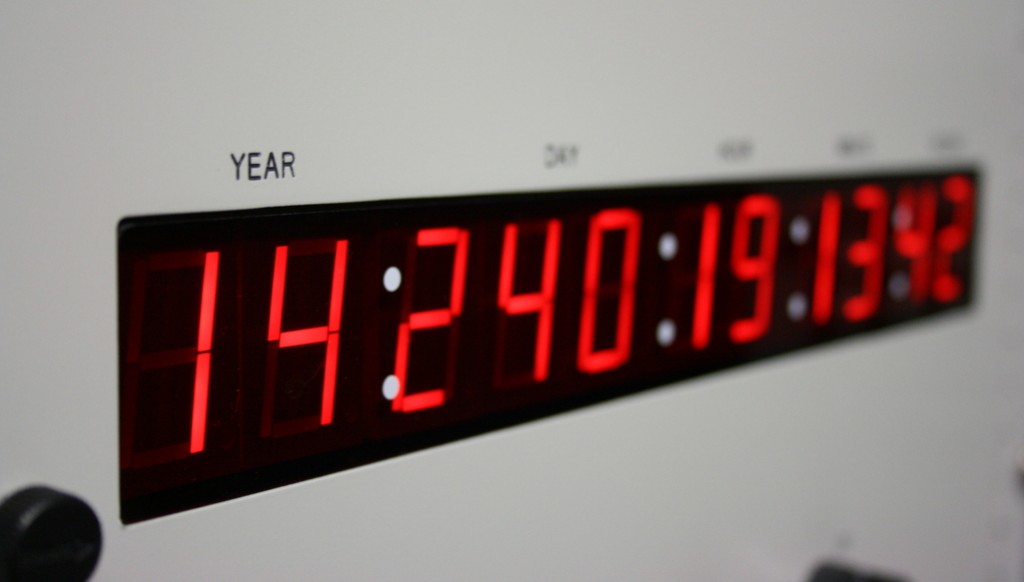
Many thanks to SWLing Post contributor, Richard Langley, who notes that WWV & WWVH marine storm warning announcements continue despite a recent announcement that they would end.
Richard has been monitoring WWV/WWVH broadcasts and shared the following note earlier this month:
The weather broadcasts (storm information) were still there at 8, 9, and 10 minutes past 0:00 UTC on 1 November on WWV as monitored here in NB. Haven’t had a chance to check them since. Are they actually gone? If so, when were the last ones broadcast. The warning at the 4-minute mark hadn’t been heard for days. I’m wondering if the decision to terminate the broadcasts was reversed.
Yesterday, Richard added the following:
[…]And still there on WWV (and presumably WWVH) on 16 November at 03:08 UTC on 10 MHz. So I guess this conclusively means that the proposal to cancel the broadcasts has been rescinded at least for the time being.
Thanks for sharing this, Richard.
Your observation prompted me to check the NOAA Marine Forecast page. I discovered that it has been updated it since the notice to stop marine forecasts was first announced last month.
Before, it stated that the “end of the high seas warnings [is] scheduled for October 31, 2017.” Either NOAA made the decision to end the the forecasts in 2017 and never followed through, else the individual who posted the announcement mistakenly noted 2017 instead of 2018.
NOAA does not note edit dates on this page, so there’s no way of knowing when the page was updated. Regardless, there is no longer a firm termination date mentioned on the page. Now the National Weather Service simply states:
“the NWS is considering a proposal to discontinue this service.”

So I believe, Richard, you are correct: the NWS has at least temporarily rescinded cancellation of the service.
Thanks for following this development, Richard!





